 |
DEPARTMENT
RESULTS |
|
|
|
Goal:
Accommodate growth within the metropolitan area by working collaboratively
with our partners |
|
Why
is this goal important?
Between 2000 and 2030, the seven-county metropolitan area is expected to grow by
966,000 people and 471,000 jobs. Growth is a good thing. It means new jobs,
rising incomes, added tax revenue, higher property values and new economic
opportunities.
But it also presents challenges. How do
we accommodate growth
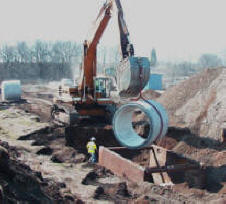 while
maintaining the quality of life for the 2.8 million people who already live
and work here? How do we preserve and revitalize the communities and
neighborhoods we prize while building new communities with their own
character and sense of place? How do we capitalize on our opportunities for
economic development while preserving our vital natural assets and abundant
opportunities for outdoor recreation? while
maintaining the quality of life for the 2.8 million people who already live
and work here? How do we preserve and revitalize the communities and
neighborhoods we prize while building new communities with their own
character and sense of place? How do we capitalize on our opportunities for
economic development while preserving our vital natural assets and abundant
opportunities for outdoor recreation?
The Council is committed to working collaboratively with local communities
to accommodate our region’s growth in a sensible, flexible and
cost-effective manner, recognizing that “one size does not fit all.”
|
|
What
is the Council doing to achieve this goal?
The Council has adopted a new 2030 Regional Development Framework with a set
of policies and strategies tailored for fully developed communities,
communities that are still developing, rural growth centers and the
remaining rural areas.
The Framework anticipates
that about 30 percent of the region’s growth can be accommodated in
developed communities, where sewers, roads and other costly infrastructure
already are in place. This requires continued efforts by the Council and
local communities to help clean up contaminated lands and facilitate their
redevelopment.
The Framework also provides for a 20-year, rolling supply of land with urban
services to meet future needs in developing communities, where more than 60
percent of the region’s growth is likely to occur.
Finally, the Framework forecasts the region’s population growth, employment
and housing needs by community – to assist local officials in their
planning.
|
|
How is the Council's
progress on this goal?
The region dropped
sharply below our housing production target of 18,000 units per year in
2006 as a result of the slow-down in the housing market, which had been
quite robust earlier in the decade. Housing production is largely the
result of market forces and
tax policy rather than anything the Council might do.
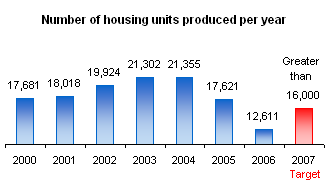 But the Council can help influence housing location
and costs by ensuring an
adequate supply of developable land with urban services. In 2005, the
Council finished updating its system plans for transportation, regional
parks, and wastewater collection and treatment to do just that. Metro area
communities now have until the end of 2008 to adopt or update local
comprehensive plans that are consistent with the Council's regional system
plans. But the Council can help influence housing location
and costs by ensuring an
adequate supply of developable land with urban services. In 2005, the
Council finished updating its system plans for transportation, regional
parks, and wastewater collection and treatment to do just that. Metro area
communities now have until the end of 2008 to adopt or update local
comprehensive plans that are consistent with the Council's regional system
plans.
In addition, through its three Livable Communities grant programs, the Council can help
clean up contaminated land for redevelopment, expand the supply of
affordable housing and promote development that links housing, jobs and
services. These programs together provide more than $14 million a year in
grants to local communities.
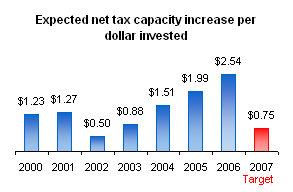 |
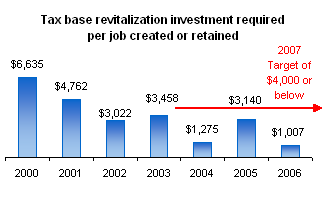 |
|
|
Goal:
Maximize the effectiveness and value of regional services, infrastructure
investments and incentives |
|
Why
is this goal important?
The region has made an enormous investment in its regional systems.
Efficient use of these systems is essential to keeping costs in check, and
enhancing this
metropolitan
area as a place to live, work and grow jobs.
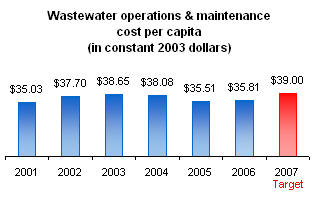
The Council owns and maintains 600 miles of
regional sewers and eight regional plants that collect and treat up to 300
million gallons of wastewater per day from 104 communities. It operates a
transit system that includes the region’s first light rail line and a fleet
of 821 buses, which provide 30 million miles of service per year on 113
local, express and contract routes.
Working with 10 implementing agencies, the Council helps to maintain and
improve a regional park system with 49 parks, six special recreation
features and 28 regional trails. It also administers programs intended to
help expand the supply of affordable housing.
|
|
What
is the Council doing to achieve this goal?
The Council has worked hard to improve the efficiency of its wastewater
treatment system, making use of new business practices, management
information systems and treatment technologies that have reduced chemical,
energy and labor costs.
Metro Transit, meanwhile, has undertaken a comprehensive, multi-year,
sector-by-sector restructuring of service throughout the region. The goal is
to optimize the effectiveness, efficiency and productivity of the system.
Metro Transit also has invested in new technology to improve service design,
operations management and fare collections – again, with the goal of
improving productivity.
|
|
How is the Council's progress on
this goal?
In 2006, for the fourth consecutive year, the Council kept the lid on
property taxes paid by the average homeowner for regional services. To
achieve this goal, the Council tightened its budget, achieved reforms in
health care benefits and refinanced bonds to take advantage of low interest
rates. The Council also continues to operate one of the nation’s most
efficient wastewater collection and treatment systems. In 2006,
municipalities served by the system paid wholesale charges totaling
about $141.7 million, approximately the same as their total charges a decade
ago. If the charges collected in 1997 had kept pace with inflation, they
would have climbed to $175.7 million this year.
|
|
Goal:
Enhance transportation choices and improve the ability of Minnesotans to
travel safely and efficiently throughout the region |
|
Why is this goal
important?
To a growing number of metro area residents, traffic congestion ranks as the
No. 1 livability issue. It affects the length of their daily commute, the
times of day they choose to make trips, the amount of time they sit in
traffic, even where they choose to live and work.
According to the latest report from the Texas Transportation Institute, the
average Twin Cities commuter spends 43 hours per year stuck in traffic at an
average cost of $722 per commuter. The price tag is far greater for
businesses trying to get their products to market. |
| |
|
What
is the Council doing to achieve this goal?
The enormous costs associated with building new transportation facilities
mean that the region will have to make targeted investments. As the lead
transportation planning
agency for the region, the Council will work with MnDOT to maintain the
existing 657-mile metro highway system, reducing the dozens of bottlenecks
that impede travel, implementing new strategies to improve the efficiency of
the system and adding capacity.
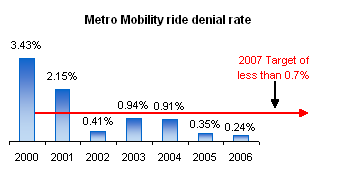 But the region also must look for new
ways to make more effective use of the existing highway system. This means
stretching out peak-period travel through flexible work hours, exploring
so-called HOT lanes and other pricing strategies that make more efficient
use of freeways, providing greater incentives for transit use, and reducing
travel demand through expanded ridesharing, telecommuting and other
measures. But the region also must look for new
ways to make more effective use of the existing highway system. This means
stretching out peak-period travel through flexible work hours, exploring
so-called HOT lanes and other pricing strategies that make more efficient
use of freeways, providing greater incentives for transit use, and reducing
travel demand through expanded ridesharing, telecommuting and other
measures.
By investing in improved transit, the region can provide more people with
realistic alternatives to traveling by car. This requires expanding the
existing bus system, adding more bus-only lanes on highway shoulders and
park-and-ride lots, and
continuing to develop a network of bus and/or transitways in heavily
traveled corridors.
In 2006, the Council received federal
approval to enter preliminary engineering on the region's second light-rail
transit line in the Central Corridor and moved toward construction of a
commuter rail line in the Northstar Corridor.
Key objectives are to increase peak-hour transit
capacity – which will do the most to ease congestion – and build total
transit ridership.
|
|
How is the Council's
progress on this goal?
With the support of the Governor, the Council has made significant
progress toward expanding and improving the region's transit system. In
2006, Governor Pawlenty secured the final $60 million in state funding
needed to build the 40-mile Northstar Commuter Rail Line between Minneapolis
and Big Lake, providing a new transportation alternative in that congested
corridor. It could open as early as 2009.
In 2006, the Council received federal
approval to begin preliminary engineering on an 11-mile light rail transit (LRT)
line linking
downtown St. Paul and downtown Minneapolis. The region also began work on
the first phase of a 16-mile bus
rapid transit (BRT) line between the Mall of America and Lakeville.
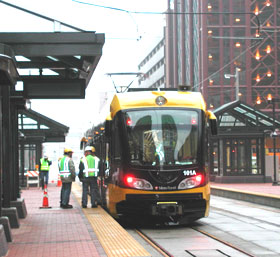
These transit improvements will build on the success
of the 11.6-mile, $715-million Hiawatha light rail transit line linking
downtown Minneapolis, International Airport and the Mall of America. In its
first full year of operation, the line recorded 7.8 million rides, exceeding
pre-construction estimates by 58 percent.
In 2006, total transit ridership in the region climbed to
81.6 million, an
increase of 6 percent from 2005. In addition to Metro Transit, transit service in the region is
provided by six suburban “opt-out” systems, privately contracted routes,
community programs and Metro Mobility for persons with disabilities.
|
|
Goal: Preserve vital
natural areas and resources for future generations |
|
Why
is this goal important?
This metropolitan area boasts a unique combination of assets – three
majestic rivers, 950 lakes, rolling hills, extensive wetlands, native
prairies and woodlands, aggregate and a multi-layered aquifer system – that
are essential to our region’s prized quality of life and continued economic
well-being. |
| |
|
What
is the Council doing to achieve this goal?
The Council places a high priority on operating its eight regional
wastewater treatment plants in full compliance with federal and state water
quality standards. Its Environmental Services Division also works with about
800 major industrial clients to reduce the harmful pollutants entering the
wastewater treatment system.
Working with 10 implementing agencies,
the Council helps acquire, develop and maintain parks and open space as part
of the 53,000-acre regional parks and open space system. As part of its new
Regional Framework, the Council also is working with local communities and
other partners to protect and preserve the region’s water supply.
|
|
How
is the Council's progress on this goal?
The Council’s wastewater treatment system consistently achieves near-perfect
compliance with state and federal water quality standards. In 2006, six of the system’s
eight plants earned “Certificates of Commendation” from the
Minnesota Pollution Control Agency for outstanding operation, maintenance
and management. operation, maintenance
and management.
In 2005, the Council's Metro Wastewater Treatment Plant
put into full operation three new incinerators that reduced air emissions of
many pollutants – including particulates, carbon monoxide, mercury and lead
– by more than 95 percent. All eight of the Council's treatment plants also
have reduced their total discharge of phosphorus by 49 percent since 2003.
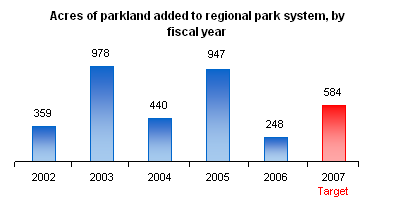 The Council is currently (as of May 2007) considering or has approved about
$1.4 million in acquisition grants to acquire 82 acres. They include 20
acres on the shore of the Crow River as part of Lake Rebecca Park Reserve in
western Hennepin County and 61 acres for a new regional park on the shores
of Cedar Lake in southern Scott County. The Council is currently (as of May 2007) considering or has approved about
$1.4 million in acquisition grants to acquire 82 acres. They include 20
acres on the shore of the Crow River as part of Lake Rebecca Park Reserve in
western Hennepin County and 61 acres for a new regional park on the shores
of Cedar Lake in southern Scott County.
In 2005, Metro Transit began using ultra low-sulfur fuel for all of its
buses. This is a specially refined diesel fuel that has dramatically lowered
sulfur content -- 15 to 30 parts per million of sulfur compared with 500
parts per million for the fuel that was being burned previously. In 2006,
Metro Transit began using ultra low-sulfur fuel with a 5-percent biodiesel
blend, reducing transit's dependence on foreign oil. In 2007, Metro Transit
plans to move to a 10-percent biodiesel blend. In addition, the Council
plans to add 150 hybrid electric buses to the Metro Transit fleet over the
next five years.
|
|
Last update on
07/30/2007
|
|


 while
maintaining the quality of life for the 2.8 million people who already live
and work here? How do we preserve and revitalize the communities and
neighborhoods we prize while building new communities with their own
character and sense of place? How do we capitalize on our opportunities for
economic development while preserving our vital natural assets and abundant
opportunities for outdoor recreation?
while
maintaining the quality of life for the 2.8 million people who already live
and work here? How do we preserve and revitalize the communities and
neighborhoods we prize while building new communities with their own
character and sense of place? How do we capitalize on our opportunities for
economic development while preserving our vital natural assets and abundant
opportunities for outdoor recreation?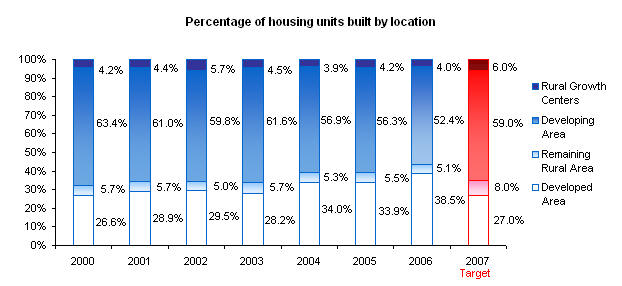
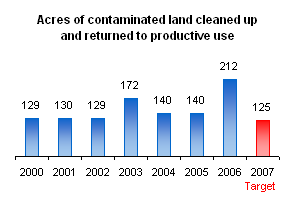
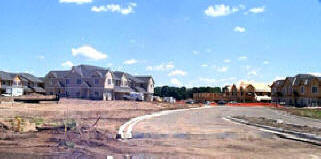
 But the Council can help influence housing location
and costs by ensuring an
adequate supply of developable land with urban services. In 2005, the
Council finished updating its system plans for transportation, regional
parks, and wastewater collection and treatment to do just that. Metro area
communities now have until the end of 2008 to adopt or update local
comprehensive plans that are consistent with the Council's regional system
plans.
But the Council can help influence housing location
and costs by ensuring an
adequate supply of developable land with urban services. In 2005, the
Council finished updating its system plans for transportation, regional
parks, and wastewater collection and treatment to do just that. Metro area
communities now have until the end of 2008 to adopt or update local
comprehensive plans that are consistent with the Council's regional system
plans.


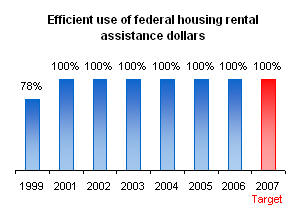
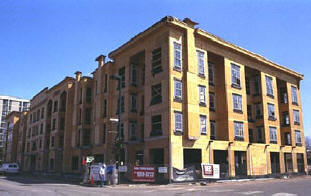

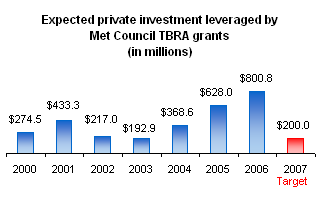
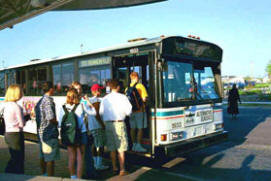
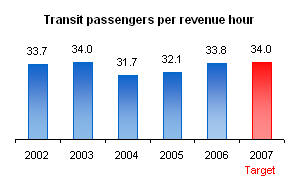
 But the region also must look for new
ways to make more effective use of the existing highway system. This means
stretching out peak-period travel through flexible work hours, exploring
so-called HOT lanes and other pricing strategies that make more efficient
use of freeways, providing greater incentives for transit use, and reducing
travel demand through expanded ridesharing, telecommuting and other
measures.
But the region also must look for new
ways to make more effective use of the existing highway system. This means
stretching out peak-period travel through flexible work hours, exploring
so-called HOT lanes and other pricing strategies that make more efficient
use of freeways, providing greater incentives for transit use, and reducing
travel demand through expanded ridesharing, telecommuting and other
measures. 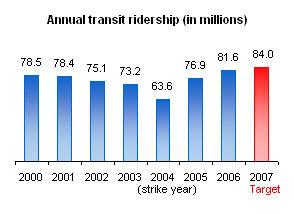
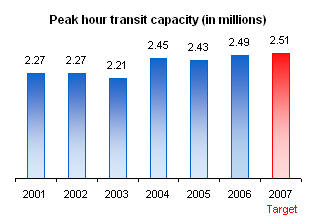

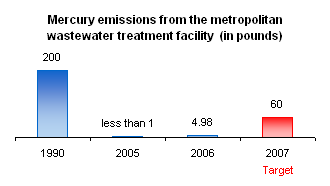
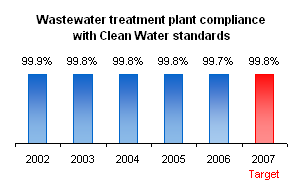
 operation, maintenance
and management.
operation, maintenance
and management. The Council is currently (as of May 2007) considering or has approved about
$1.4 million in acquisition grants to acquire 82 acres. They include 20
acres on the shore of the Crow River as part of Lake Rebecca Park Reserve in
western Hennepin County and 61 acres for a new regional park on the shores
of Cedar Lake in southern Scott County.
The Council is currently (as of May 2007) considering or has approved about
$1.4 million in acquisition grants to acquire 82 acres. They include 20
acres on the shore of the Crow River as part of Lake Rebecca Park Reserve in
western Hennepin County and 61 acres for a new regional park on the shores
of Cedar Lake in southern Scott County.